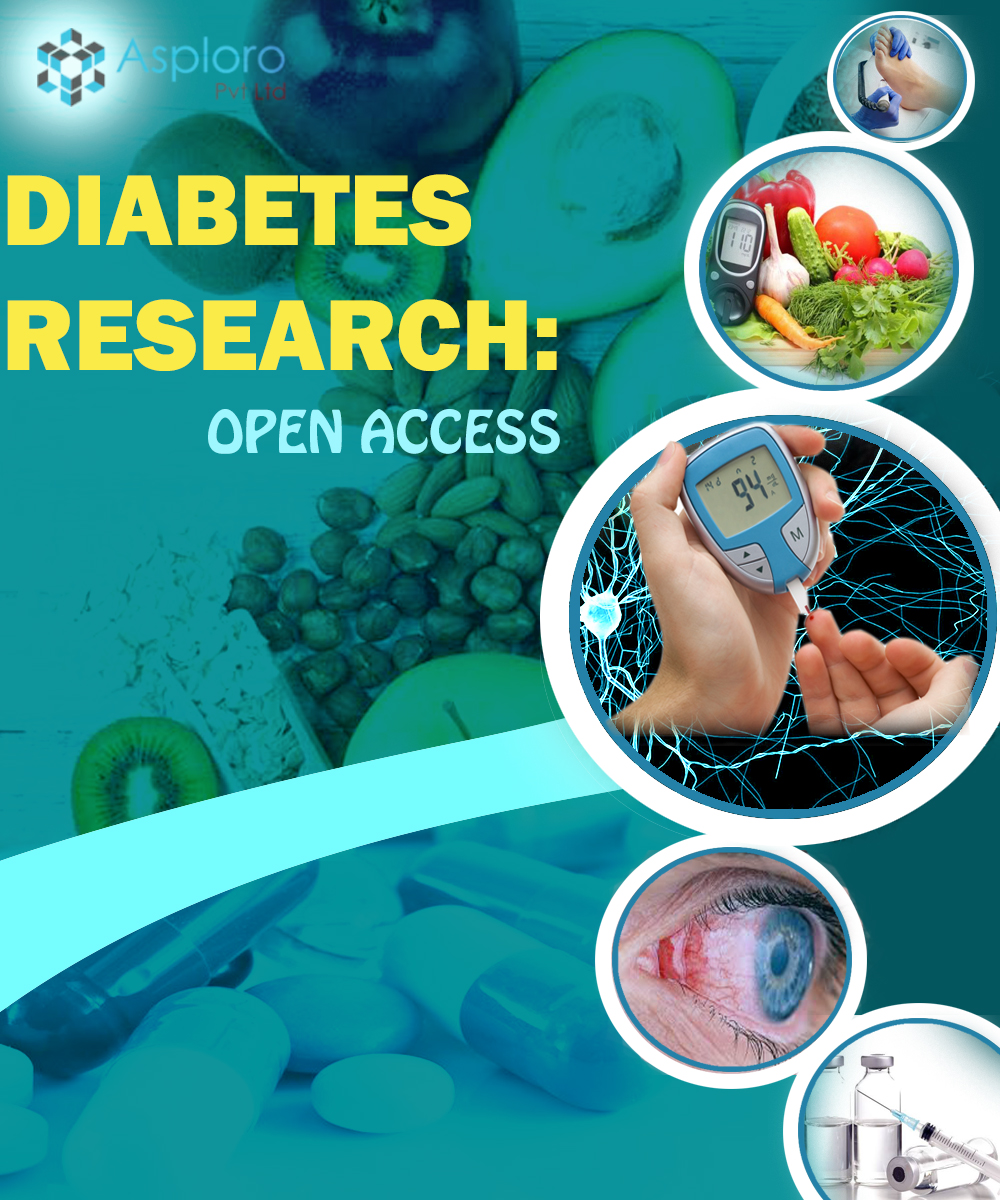Every month, I’ll be highlighting Diabetes research that is going on RIGHT NOW! Harvested from different websites, journals and podcasts, I’ll translate them into understandable English and share them with you. Today: From the “this was useless!” camp – an OLD, BETTER Type 2 treatment!
“For decades, TZDs have been the only drugs we have that can reverse insulin resistance, but we seldom use them anymore because of their side effects profile," said Jerrold Olefsky, M.D., a professor of medicine and assistant vice chancellor for integrative research at UC San Diego Health Sciences. "Impaired insulin sensitivity is the root cause of type 2 diabetes, so any treatment we can develop to safely restore this would be a major step forward for patients.’”
Apparently though, they stopped using them because they weren’t MAGIC. They DIDN’T cause INSTANT, miraculous, fabulous, and undeniable FAT REMOVAL! Moreover they had HORRIBLE, AWFUL, HORRENDOUS side-effects!!! Yes! People’s hair fell out; they broke out in instant cancer! they caused warts! retained water! gained weight! caused blindness! heart disease! the automatic falling-off of random limbs! increased dandruff! flatulence! baldness!
Therefore, in the sight of Americans, TZDs were EVIL! HORRIBLE! USELESS! We want our drugs to do everything – including the laundry and make Big Macs calorie free and make beer non-alcoholic and calorie-free (but not different in ANY other way)
Drugs like TZD and others related to it provide other benefits: “…anti-inflammatory and anti-cancer properties…slow the progression…of coronary hyperplasia ( = “the enlargement of an organ or tissue caused by an increase in the reproduction rate of its cells, often as an initial stage in the development of cancer.”)…beneficial effects on endothelial function, atherogenesis, fibrinolysis, and ovarian steroidogenesis ( = “the processes by which cholesterol is converted to steroid hormones”.)
There are several undesirable side effects to thiazolidinediones, particularly with long-term use. The risks versus benefits require discussion with patients, and alternative first-line agents (metformin, using insulin injections) attempted before using TZDs.
But they are very specific and not common.
Edema and Congestive Heart Failure: (20% of patients; lower doses decrease the risk of edema and weight gain); NOT useful for people who have CHF)
Weight Gain and Fluid Retention: TZDs expand fat tissue mass and can increase weight. Fat gain occurs primarily in tissues just under the skin, sparing the belly area.
Fractures: increased risk and decreased bone density, and are most likely in the forearm, wrist, ankle, foot, tibia, rather than in the hip, pelvis, femur).
Bladder Cancer: One of the TZDs has, in some studies, shown correlations with an increased risk of bladder cancer. However, the most recent analyses do not support an increased risk, and only one of the TZDs increased the risk.
Diabetic Macular Edema: IF an individual takes both the TZDs and regularly use insulin, there may be an increased incidence of diabetic macular edema at 1-year and 10-year follow-up. (Macular edema happens when blood vessels leak into a part of the retina, making it swell, causing blurry vision.)
Increased Ovulation and Teratogenic Effects: This may result in ovulation in some premenopausal women, leading to improved rates of spontaneous pregnancy, but TZDs have some fetal abnormality potential.
So, this research led to a way AROUND using the original TZDs in a totally new way.
How? When fat is inflamed, macrophages release tiny bits of instructions to the cells called microRNAs, small fragments of genetic material that help control what the DNA does for the surrounding cells. These are called exosomes. Released into the bloodstream, they’re picked up by the liver and muscles. This can then lead to changes in obesity and insulin resistance – REDUCING BOTH.
The researchers treated a group of obese mice with a TZD drug. Those mice became more sensitive to insulin, but they also gained weight and retained excess fluid.
The researchers treated a group of obese mice with a TZD drug. Those mice became more sensitive to insulin, but they also gained weight and retained excess fluid.
When the researchers split the exosomes OUT of the fat tissue, they then injected the macrophages into A DIFFERENT group of fat mice and ALL OF THE positive effects of the TZD worked with none of the bad. The researchers were also able to identify the specific microRNA within the exosomes that was responsible for the beneficial metabolic effects of rosiglitazone. This molecule, called miR-690, could eventually be leveraged into new therapies for type 2 diabetes.
One of the researchers noted, “There's plenty of precedent for using microRNAs themselves as drugs, so that's the possibility we're most excited about exploring for miR-690 going forward.”
It’s NOT today, but because of the discontinued use of one drug, researchers have been able to use increasingly sophisticated procedures to turn it into a NEW drug!
One of the researchers noted, “There's plenty of precedent for using microRNAs themselves as drugs, so that's the possibility we're most excited about exploring for miR-690 going forward.”
It’s NOT today, but because of the discontinued use of one drug, researchers have been able to use increasingly sophisticated procedures to turn it into a NEW drug!
Who knows when? But this is certainly “What’s Next!”

No comments:
Post a Comment